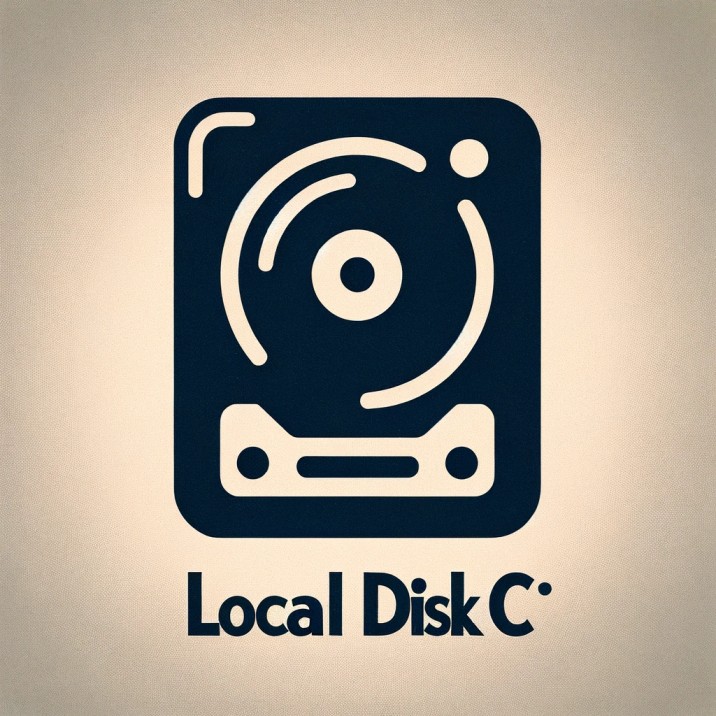We have a short answer for Why is the first hard drive C? In MS-DOS and early versions of Windows, drive letters were assigned starting with the letter ‘A’. The floppy disk drives, being the primary storage devices, were naturally assigned the first letters. The first floppy drive would be ‘A’, and if the computer had a second floppy drive, it would be assigned ‘B’. This left ‘C’ as the next available letter in the sequence.

A curious relic of the past persists in the designation of the first hard drive as ‘C’. This convention, deeply rooted in the history of personal computing, offers a fascinating glimpse into the evolution of computer storage and operating systems. This article delves into the reasons behind this enduring legacy.
The Dawn of Personal Computing
The story begins in the late 1970s and early 1980s, with the advent of personal computers. These early PCs, particularly those running MS-DOS (Microsoft Disk Operating System), used a simple method for identifying storage devices: alphabetical letters. However, this system wasn’t originally designed with hard drives in mind.
The Prevalence of Floppy Disks
In the early days of personal computing, floppy disks were the primary medium for storing and transferring data. These disks were not just used for storage; they were also essential for booting up the computer. Early PCs, like the original IBM PC released in 1981, were commonly equipped with one or two floppy disk drives.
The Introduction of Hard Drives
As technology progressed, hard drives began to appear in personal computers. These hard drives offered larger storage capacity and faster access times compared to floppy disks. When they were introduced, the convention of using letters to identify drives continued. Since ‘A’ and ‘B’ were already allocated to floppy drives, the hard drive was assigned the next available letter, ‘C’.
The Persistence of the Convention
Even as floppy drives became obsolete, the convention of starting hard drive labeling with ‘C’ persisted. This was partly due to the need for consistency and compatibility. Many software programs and operating systems had hardcoded file paths starting with ‘C:’, and changing this could lead to compatibility issues.
The Legacy in Modern Operating Systems
Today, most computers do not have floppy disk drives, yet the convention of the ‘C’ drive persists. Modern operating systems like Windows 10 and 11 still default to labeling the primary hard drive or SSD (Solid State Drive) as ‘C’. This is a nod to the legacy of early computing and a reflection of the need for continuity in software design.
The Flexibility of Drive Letter Assignments
While ‘C’ remains the default for the primary drive, modern operating systems offer flexibility in drive letter assignments. Additional drives, whether internal or external, can be assigned different letters, allowing users to organize their storage according to their preferences.
The labeling of the first hard drive as ‘C’ is a fascinating example of how historical conventions can shape modern technology. It’s a reminder of the evolution of personal computing, from the days of floppy disks to the era of high-capacity SSDs. While seemingly arbitrary, this convention has become a foundational aspect of computer storage, illustrating the intriguing ways in which the past continues to influence the present and future of technology.


